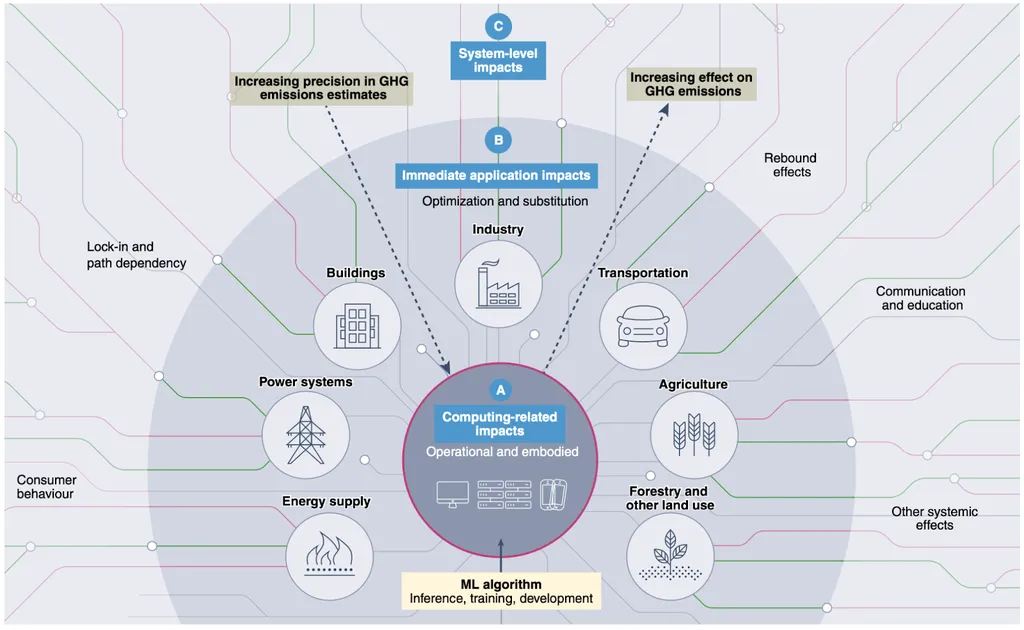In the bustling world of urban management and architectural maintenance, a groundbreaking study has emerged, promising to revolutionize how cities are monitored and maintained. Led by E. Doria from the Department of Civil Engineering and Architecture at the University of Pavia, Italy, this research introduces a scalable, cloud-based workflow that integrates Machine Learning (ML) and 3D Geographic Information Systems (GIS) to automate the detection of architectural elements. The implications for the energy sector, particularly in the maintenance and optimization of photovoltaic panels, are profound.
The research, published in ‘The International Archives of the Photogrammetry, Remote Sensing and Spatial Information Sciences’ (translated as ‘The International Archives of Photogrammetry, Remote Sensing and Spatial Information Sciences’), leverages Unmanned Aerial Vehicle (UAV) georeferenced images to create an automated and scheduled detection system. This system not only identifies architectural elements like domes, photovoltaic panels, and tanks but also geolocates and imports their data and metadata into a 3D GIS environment. The process is triggered by uploading orthoimage chunks and datasets to Google Cloud Storage, setting off an event-driven architecture built on a Cloud Computing Infrastructure.
One of the most compelling aspects of this research is its use of Vertex AI object detection via AutoML. As Doria explains, “The pipeline leverages Vertex AI object detection via AutoML, the predictions of which are subsequently enriched with geospatial metadata.” This enrichment process is crucial for urban GIS integration and analysis, providing a comprehensive dataset that can be used for various applications, including urban planning and maintenance.
The output data is stored in BigQuery and Cloud Storage, making it accessible for urban GIS integration and analysis. The results confirm the viability of the pipeline for repeatable and automated urban monitoring, significantly reducing manual labor and improving safety for building maintenance workers. This approach is not just about efficiency; it’s about transforming how we interact with and manage our urban environments.
The commercial impacts for the energy sector are particularly noteworthy. Photovoltaic panels, for instance, require regular maintenance to ensure optimal performance. Traditional methods of inspection are labor-intensive and time-consuming. However, with this automated system, solar farms and urban photovoltaic installations can be monitored more efficiently, reducing downtime and maximizing energy output. This could lead to significant cost savings and improved energy production, making renewable energy more viable and attractive.
Moreover, the system’s ability to detect and geolocate various architectural elements can be extended to other sectors, such as real estate and urban planning. For instance, property developers can use this technology to assess the structural integrity of buildings, while urban planners can leverage the data for more informed decision-making.
The research also highlights the potential for developing smart city applications. By integrating AI processes for detection and urban maintenance, cities can become more responsive and adaptive to the needs of their inhabitants. This could lead to a new era of urban living, where technology plays a central role in enhancing the quality of life.
In conclusion, the research led by E. Doria represents a significant step forward in the field of urban management and architectural maintenance. Its integration of ML and 3D GIS, coupled with cloud computing, offers a scalable and efficient solution for automated urban monitoring. The commercial impacts for the energy sector are substantial, promising to revolutionize how we maintain and optimize photovoltaic installations. As cities continue to grow and evolve, technologies like these will be crucial in ensuring sustainable and efficient urban development.

